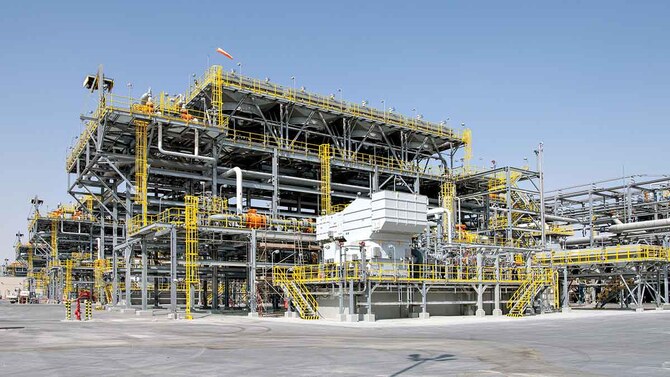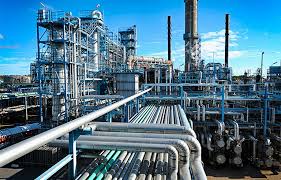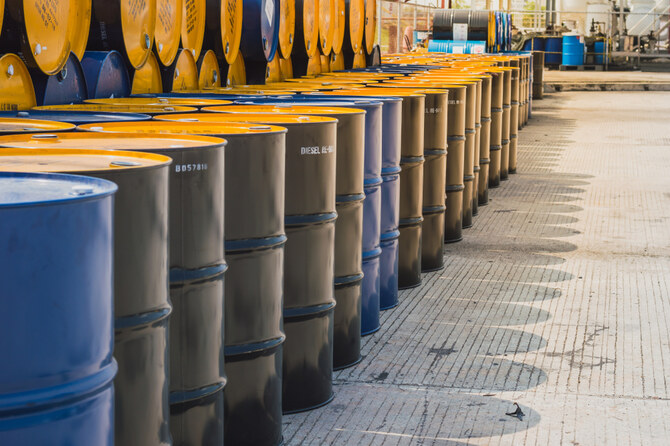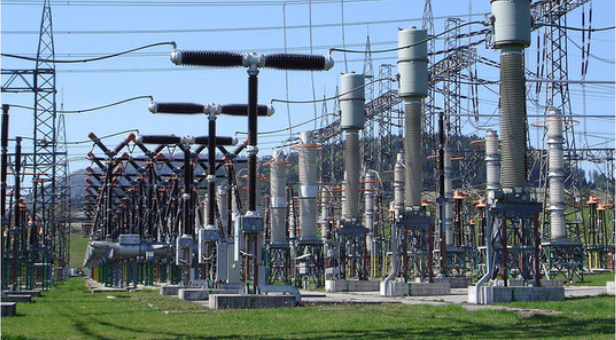Storage

The Role of Hydrogen in Downstream Oil & Gas
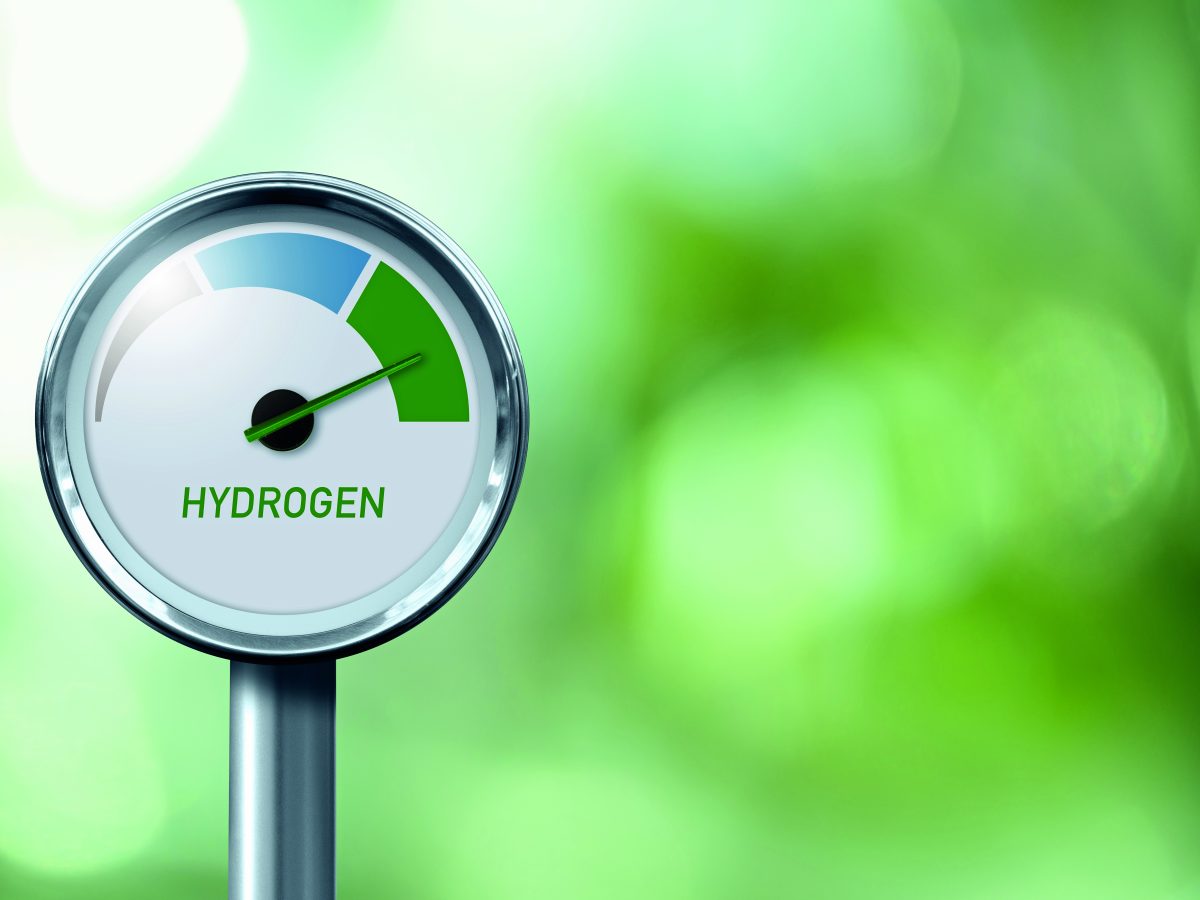
Miro Cavkov explains why hydrogen is essential to modern refining, from powering core processes and unlocking cleaner fuels to driving decarbonisation and new revenue opportunities.
Hydrogen is not just the simplest element in the periodic table, it is one of the most powerful enablers of the energy transition. As the most abundant gas in the universe, hydrogen has always been a cornerstone of the hydrocarbon industry, forming the basis of many reactions that define modern refining and petrochemical operations. Without hydrogen, carbon alone cannot deliver the same spectrum of products, and without it neither the water or life on Earth would exist.
In this article, EPC Middle East’s Miro Cavkov explores hydrogen’s critical role in the downstream oil and gas sector and how refiners both consume and produce hydrogen, how new technologies are reshaping its economics, and why this versatile molecule sits at the heart of the industry’s decarbonisation strategy.
Hydrogen: The Refinery’s Essential Molecule
The downstream sector is both the largest producer and the largest consumer of hydrogen while powering cleaner operations. Refineries. Core processes in these facilities of intricate ecosystems of interconnected units, rely on hydrogen to transform hydrocarbons into a wide range of fuels and chemical building blocks.
Whether it is through carbon rejection or hydrogen addition reactions, the mission today is clear: produce lower-carbon, higher-hydrogen-content products while leveraging existing assets. Refiners are optimising mature technologies and introducing new approaches to support global decarbonisation goals, and some areas which we can look after include:
Process Heaters and Fuel Substitution
Refinery furnaces and fired heaters, traditionally running on natural gas, are now being adapted to use blends of natural gas and hydrogen. With proper safety assessments and process control, these systems can utilize existing gas infrastructure while cutting the carbon intensity of process heat. Even modest hydrogen blending percentages can yield meaningful reductions in CO₂ emissions from one of the refinery’s most energy-intensive operations.
Hydroprocessing and Conversion Units
Hydrogen is indispensable in hydrotreating and hydrocracking. Two of the backbone processes that remove impurities like sulfur and nitrogen, upgrade heavier fractions, and unlock bottom-of-the-barrel value. As environmental standards tighten and product quality specifications rise, hydrogen demand within refineries continues to grow. It enables the production of cleaner fuels, supports circularity, and extends the value of existing assets.
Unlocking Additional Value Streams
The push for lower-carbon operations and tighter regulations is driving refiners to recover, recycle, and repurpose hydrogen more efficiently. Membrane separation and pressure swing adsorption (PSA) technologies are evolving, making it possible to recover hydrogen from off-gas streams that were once flared or treated as waste.
This shift not only improves plant economics but also creates new revenue pathways. With hydrogen prices and carbon costs increasingly interlinked, maximizing hydrogen recovery is both a sustainability measure and a competitive advantage.
Refineries as Producers: From Byproduct to Business
While refineries consume vast amounts of hydrogen, they also generate it traditionally via Steam Methane Reforming (SMR). Today, innovation is transforming this conventional process into a cleaner one.
Blue hydrogen, produced through SMR integrated with carbon capture, utilization, and storage (CCUS), is emerging as a vital bridge technology. By capturing CO₂ from reformer flue gases, refiners can substantially reduce their hydrogen production footprint. This approach also aligns well with ESG mandates and growing investor pressure to demonstrate credible decarbonization progress.
Hydrogen Logistics: Liquid Organic Carriers
Storing and transporting hydrogen poses unique technical and economic challenges. High-pressure tanks and cryogenic conditions are feasible for stationary storage but difficult to maintain in transit.
This is where Liquid Organic Hydrogen Carriers (LOHCs), such as methylcyclohexane, come into play. These hydrogen-rich liquids offer a safer, more energy-dense, and logistically manageable alternative to compressed hydrogen. Although the conversion and reconversion steps require energy, LOHC systems present a compelling solution for onboard safety, storage stability, and distribution flexibility.
Hydrogen and Captured Carbon: Creating the Fuels of the Future
The combination of captured carbon and renewable hydrogen opens a pathway to a range of synthetic and sustainable fuels. Using the Fischer-Tropsch process, hydrogen and carbon can be converted into methanol, a versatile molecule that underpins several emerging sustainable fuel technologies.
As global mandates for Sustainable Aviation Fuels (SAF) expand, methanol-to-jet and alcohol-to-jet processes are becoming major enablers of aviation decarbonisation. Hydrogen is the key ingredient in this equation by providing the energy and chemical foundation for the next generation of cleaner fuels and sustainable chemicals.
Refinery Operators Looking Toward Onsite Electrolyzers
Refineries are uniquely positioned to become early large-scale hydrogen hubs. With existing infrastructure, utilities, and process integration experience, they can serve as ideal first off-takers for green hydrogen produced via electrolysis. Access to renewable or low-carbon electricity from solar, wind, or even nuclear sources makes on-site electrolysis a practical step toward diversification. Moreover, coupling electrolysis with Integrated Gasification Combined Cycle (IGCC) systems can enhance energy efficiency and help refineries achieve carbon neutrality across multiple production streams.
Hydrogen sits at the crossroads of energy transition and industrial transformation. It is a molecule that not only fuels refining processes but also redefines them by enabling the production of cleaner fuels, sustainable chemicals, and lower-emission operations.
For the downstream sector, hydrogen represents both an operational necessity and a strategic opportunity. The next decade will determine how effectively refiners can balance hydrogen supply, cost, and carbon performance and those who succeed will be at the forefront of a more resilient, sustainable, and competitive refining industry.





